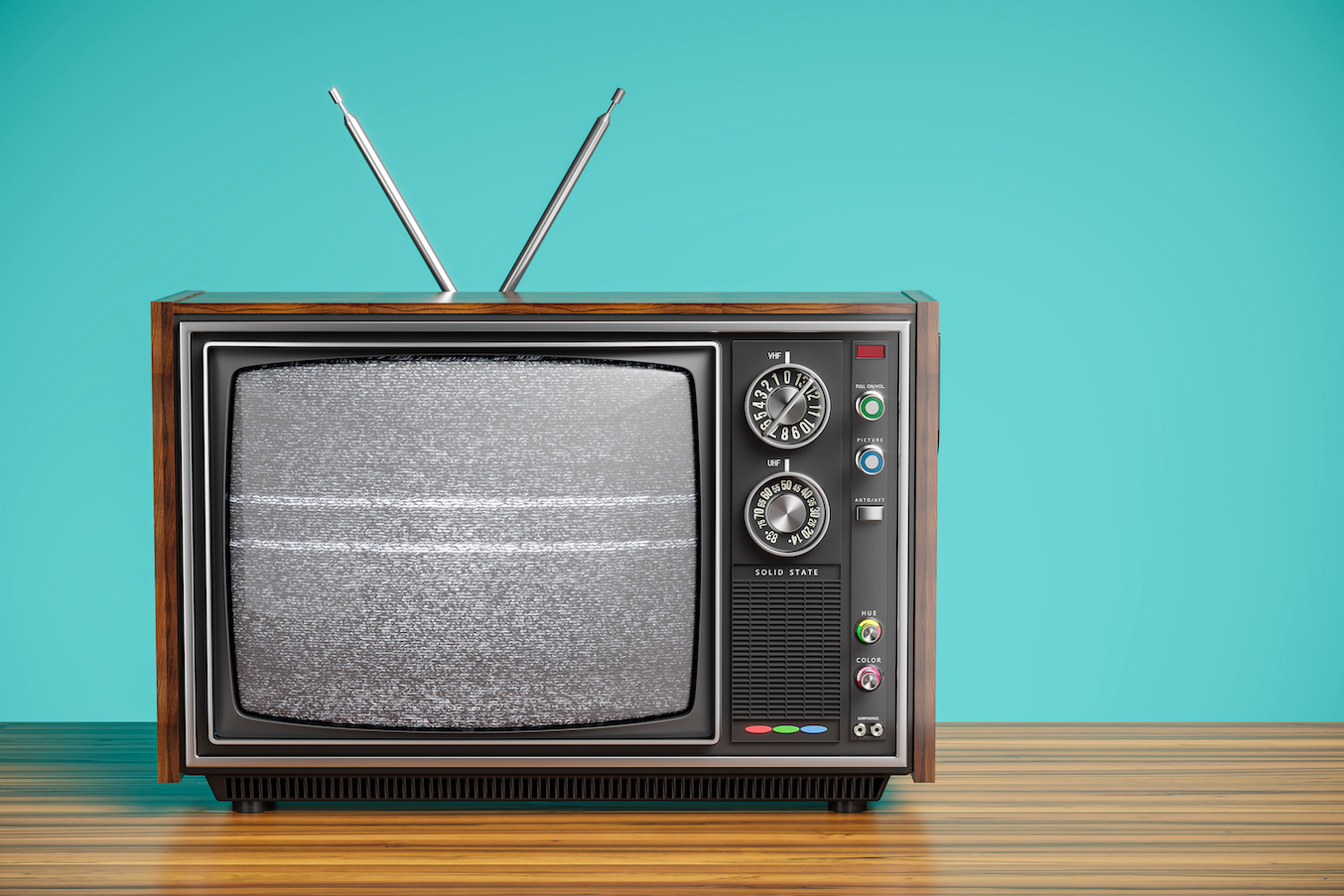In a dark theater at Bell Labs in New York City on June 27th, 1929, a woman sat in front of a lamp flickering across her face and dress. Within moments, her moving image was transmitted to a television screen across the room. The first color tv moment was broadcasted.
Viewers then saw a pot of geraniums, the American flag, and the Union Jack appeared in front of them. Demonstrations like these had occurred before, but this time, all of the images were in color.
H.E. Ives, the engineer behind this first public trial of color TV, had developed a system of capturing and transmitting three images at once. As the lamp scanned the woman and objects, it filtered them through red, green, and blue photo-electric cells, each capturing their respective hues on the subject. Via radio signal, the three images were then sent to the receiving television.
On the receiving end, three receivers were each tuned to different frequencies. Each frequency transmitted different colors. Lamps filled with argon received and produced the green and blue colors. Another filled with neon and covered by a filter produced the red. As each lamp picked up its appropriate frequency, it rapidly lit up the screen line by line. With clouded mirrors, the three images were concentrated into one beam and projected onto the screen. Received all at once, they produced a composite of vibrant moving images that awed the audience with their lifelike tones.
Two years prior, Ives and his technicians had transmitted video of then Secretary of Commerce Herbert Hoover from Washington to New York. The images were transmitted through wire. By combining this technology with color and radio, Ives set television on the path to becoming one of the most pervasive mediums for information and entertainment.
In 1950, CBS premiered its first color commercial broadcast as viewers across five cities watched on television sets in stores and auditoriums. However, with studios still producing mostly black-and-white presentations and the lack of color TV sets in homes, it wasn’t until 1965 when color programming became more universal. That year saw production technology meet consumer demand to create a color revolution that changed the landscape of entertainment forever.

